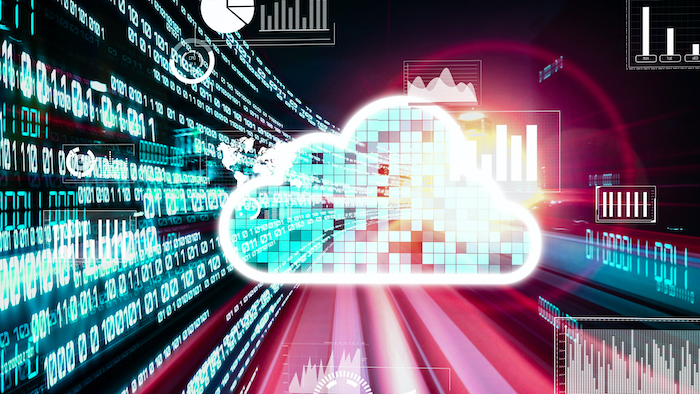The biggest thing since the World Wide Web has CIOs buzzing across all industries. Introducing the metaverse, which has taken the IT world by storm and even motivated Facebook CEO and founder Mark Zuckerberg to rename his company, Meta. For all the attention paid to the next big thing called metaverse, the fact is the IT term is much more about hype than an actual workable reality. Although the hype has far surpassed the reality of the metaverse, CIOs should start learning how it will eventually impact their organizations.
What is a Metaverse?
If you asked 10 CIOs to define the meaning of a metaverse, you would receive 10 different answers. Anyone who lived through the World Wide Web era remembers the promises made to develop a lightning-fast network that connects people throughout the world. That was the hype back in the day, but the reality was the Internet as we know it today took years to make the World Wide Web a fond, yet distant memory.
IT and gaming companies have gotten a head start to determine how to grab their fair share of the metaverse. Companies such as Apple, Google, Amazon, and Microsoft have invested a substantial amount of financial resources to figure out what areas of the metaverse they can control. The CIOs at big box retailers like Nike and Walmart also have jumped into the metaverse frenzy by investing financial resources into developing optimal strategies.
Unlike the universe, the metaverse is not a unified reality, and it might not become one for years to come. The current definitions of the metaverse differ significantly among CIOs, as do the assessments that predict what the metaverse will look like once it is fully developed. However, CIOs can expect a few characteristics of the metaverse to help guide them towards optimizing the advanced technology.
Expect the metaverse to require collaboration and the results of leveraging the technology to be shared among CIOs. It will be created by using advanced digital technology with a yet-to-be-determined physical reality. Participants in the metaverse can expect it to be immersive by allowing users access through any type of electronic device, from tablets to the most advanced Smartphones. One of the most interesting aspects of the metaverse is that it appears to be powered by blockchain currency.
What Technologies Are Expected to Power the Metaverse
We just discussed that blockchain seems to be one of the sources used to power the metaverse. Blockchain delivers a decentralized type of technology that allows you to buy, sell, and prove ownership. What are some other types of sources that CIOs should be aware of when it comes to powering the metaverse?
Artificial Intelligence
At this point, artificial intelligence seems like the technology that will have the greatest impact on the development of the metaverse. CIOs should be able to use artificial intelligence in several ways to create a metaverse, which includes the application of nonplayer characters. One of the predicted defining attributes of the metaverse is the ability to facilitate real experiences through the use of advanced digital technology, which artificial intelligence helps foster.
Virtual and Augmented Reality
Virtual and augmented realities provide the metaverse with its immersive characteristic. However, neither technology accessed by itself can create a metaverse. It will take a combination of virtual and augmented reality to create the new platform. CIOs that learn how to maximize the best features of the two types of realities should gain a competitive advantage.
Internet of Things
IoT already allows users to connect and share data across a wide variety of platforms. When the metaverse becomes a reality, it is expected to leverage the IoT to connect physical items, places, and other realities with 3D simulations to form predictive models for making accurate business decisions.
3D Construction
The COVID-19 pandemic required CIOs to adapt to several rapid changes, which included creating 3D construction of virtual environments. Some companies have already discovered how to maximize the power of 3D construction to improve important processes such as supply chain management. Enhancing supply chain management has become an especially important issue due to the supply chain disruptions occurring throughout the world.
The Bottom Line: CIOs Play the Most Important Role in the Metaverse
CIOS must get ahead of the Metaverse curve by implementing strategies that are tailor-made for the new technology. Because of the technological implications of leveraging the power of the metaverse, CIOs should position themselves to discuss both the advantages and disadvantages of engaging in this unknown, but expected to be influential type of technology.
Every new frontier, particularly when it comes to technology, poses risks. For the metaverse, CIOs must address a long list of potential risks, including privacy issues, environmental concerns, and cybersecurity breaches. CIOS also must monitor how the metaverse impacts mental health, which includes preventing isolation from becoming a serious emotional distress issue in the workplace.
Finally, CIOs should try out different metaverse platforms before choosing which one or ones to engage with to maximize the benefits of the new, yet still unknown technology.




0 Comments